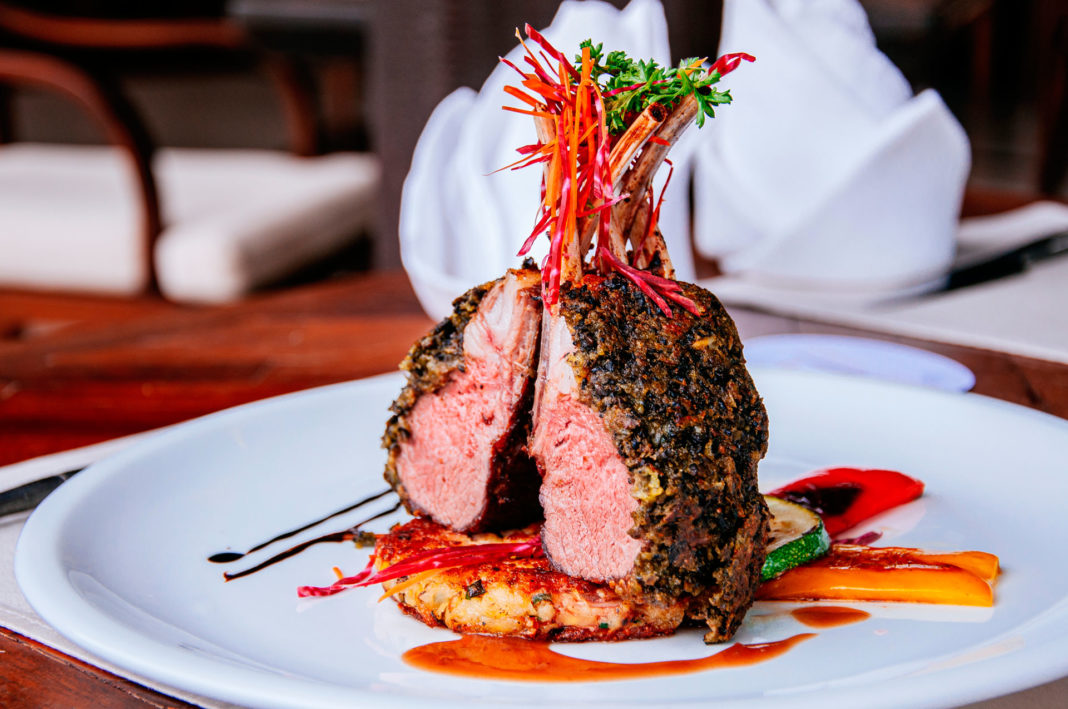There are several different low-cooking techniques but, superb results are guaranteed as well as tender, tastier and healthier food – all you need, is time
Low-temperature cooking takes on many forms, but one thing is clear; it turns out delicious results with meat, fish, chicken, pork, etc. whilst retaining all their nutritional properties. Meat not only keeps its juicy goodness, but it also becomes really tender, giving that melt-in-the-mouth sensation.
Different methods depend on both the equipment and medium used. Traditional ovens provide a dry heat for cooking. Conversely, food can be low-cooked directly in a pan of liquid, like stock or water. Steaming is another option, or using a bain-marie – what all the techniques have in common is that cooking temperatures are below 100ºC.
Low-temperature cooking ensures a uniform temperature throughout the food and not just the surface, which is what typically happens when you grill a steak, for example. The process may be slower but the result is perfect with the added bonus that it won’t be ruined if it’s cooked for an extra five minutes – the same can’t be said for that grilled steak!
Another great advantage of this way of cooking food is that its temperature and time equation is scientifically tried and tested, so you can bank on perfect results time after time.
Steam ovens allow you to combine dry heat with the moisture retention you get from steaming. The result is food that is cooked from the inside out which not only keeps the texture, but also holds in all the flavours. Confit cooking is also considered a low-temperature technique as the temperature of the fat or clarified butter used for cooking must be constant and below 80º C , in other words, below boiling point.
Sous vide involves cooking food in a vacuum-packed bag immersed in water at a low temperature. It requires a vacuum packer and a special sous-vide cooker. This is a small appliance consisting of a heater and turbine which moves the water and ensures a constant temperature throughout the cooking process.
Another low-cooking method is to use jars or zip bags immersed in a variety of different types of liquid, ranging from water, oils, marinades, broths, sauces or syrups which provide heat and flavour, as well as aroma and moisture and are perfect for gently cooking fish or pickled vegetables. Dry cooking is another way to cook slowly and gently, for example in ovens or hot embers.



